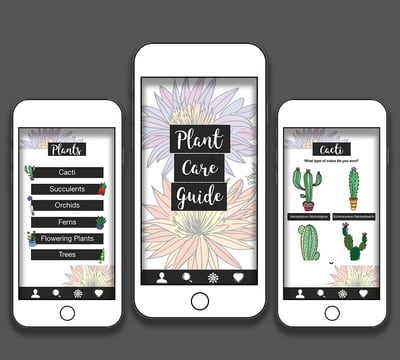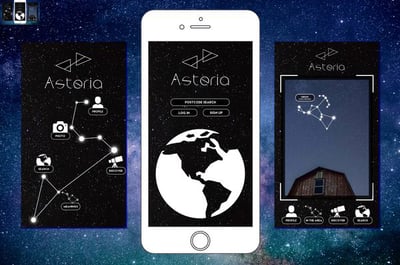
Elevating business success through intuitive design: the role of mobile apps
UIUX
1/10/2024
In today's dynamic business landscape, the significance of user-centric design cannot be overstated. With the rapid proliferation of mobile technology, businesses are harnessing the power of mobile applications to connect with their audience in more meaningful and visually compelling ways. In this blog post, we'll delve into the transformative impact of mobile apps on business, with a specific focus on usability and visual design.
Engaging user experience
At the heart of every successful mobile app lies a seamless and engaging user experience (UX). From the moment users launch the app, they should be greeted with an intuitive interface that guides them effortlessly through the app's features and functionalities. Visual cues, such as clear navigation menus, interactive elements, and visually appealing layouts, play a crucial role in enhancing usability and keeping users engaged.
Design created for one of our customers for a plant care app concept
Intuitive navigation
Usability hinges on the ease with which users can navigate through the app and access the information or features they seek. A well-designed mobile app employs intuitive navigation patterns, such as familiar icons, gestures, and logical hierarchy, to ensure users can effortlessly find what they're looking for. By minimising cognitive load and reducing friction in the user journey, businesses can create a more enjoyable and rewarding experience for their audience.
Visual consistency and branding


Consistency in visual design is paramount for reinforcing brand identify and creating a cohesive user experience across all platforms and touchpoints. Mobile apps should adhere to brand guidelines, utilising consistent colours, typography, and imagery to instil brand recognition and trust. By aligning visual elements with the brand's personality and values, businesses can strengthen their connection with users and foster brand loyalty.
Accessibility and inclusivity
Usability also encompasses accessibility, ensuring that the app is usable by individuals of all abilities. Mobile apps should incorporate features such as scalable fonts, high contrast ratios, and alternative text for images to accommodate users with disabilities. By prioritising accessibility and design, businesses demonstrate a commitment to inclusivity and ensure that their app is accessible to a broader audience.
Visual feedback and affordance
Effective usability design includes providing clear visual feedback to users, indicating the outcomes of their actions within the app. Visual cues, such as button animations, colour changes, and feedback messages, communicate to users that their interactions have been recognised and understood the app. Additionally, employing affordances - visual cues that suggest the functionality of elements - help users understand how to interact with the app intuitively.


Design created for one of our customers for a star-gazing app concept
Delightful visuals and micro-interactions
Beyond functional usability, mobile apps can delight users with visually pleasing design elements and micro-interactions. Thoughtful animations, transitions, and subtle visual effects add a layer of polish to the app, enhancing the overall user experience. These micro-interactions not only provide feedback but also create moments of delight that leave a lasting impression on users, fostering a positive emotional connection with the brand.
In conclusion, the success of a mobile app hinges on its usability and visual design. By prioritising intuitive navigation, visual consistency, accessibility, and engaging design elements, businesses can create mobile apps that resonate with users and elevate their brand image. In today's competitive landscape, investing in user-centric design not only enhances the usability of the app but also fosters customer satisfaction, loyalty, and ultimately, business success.
